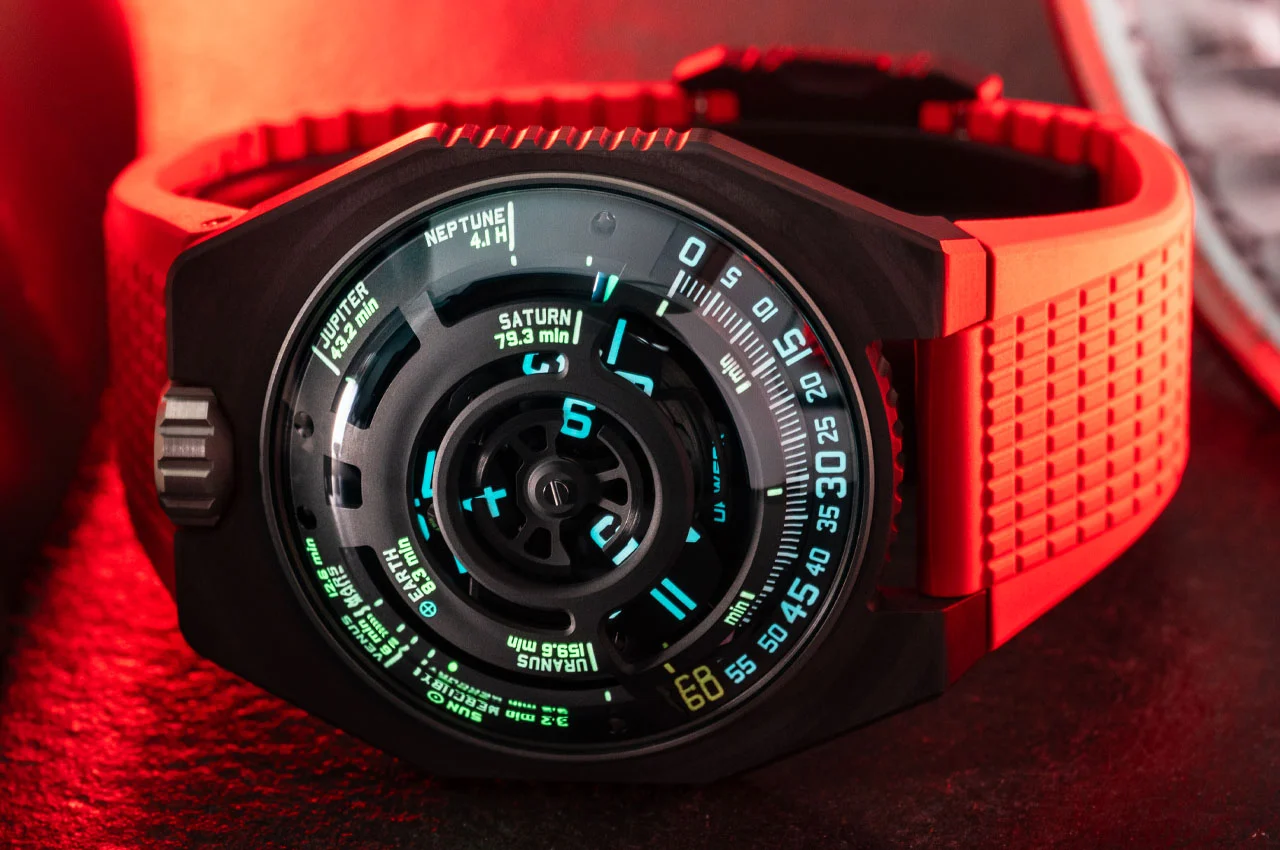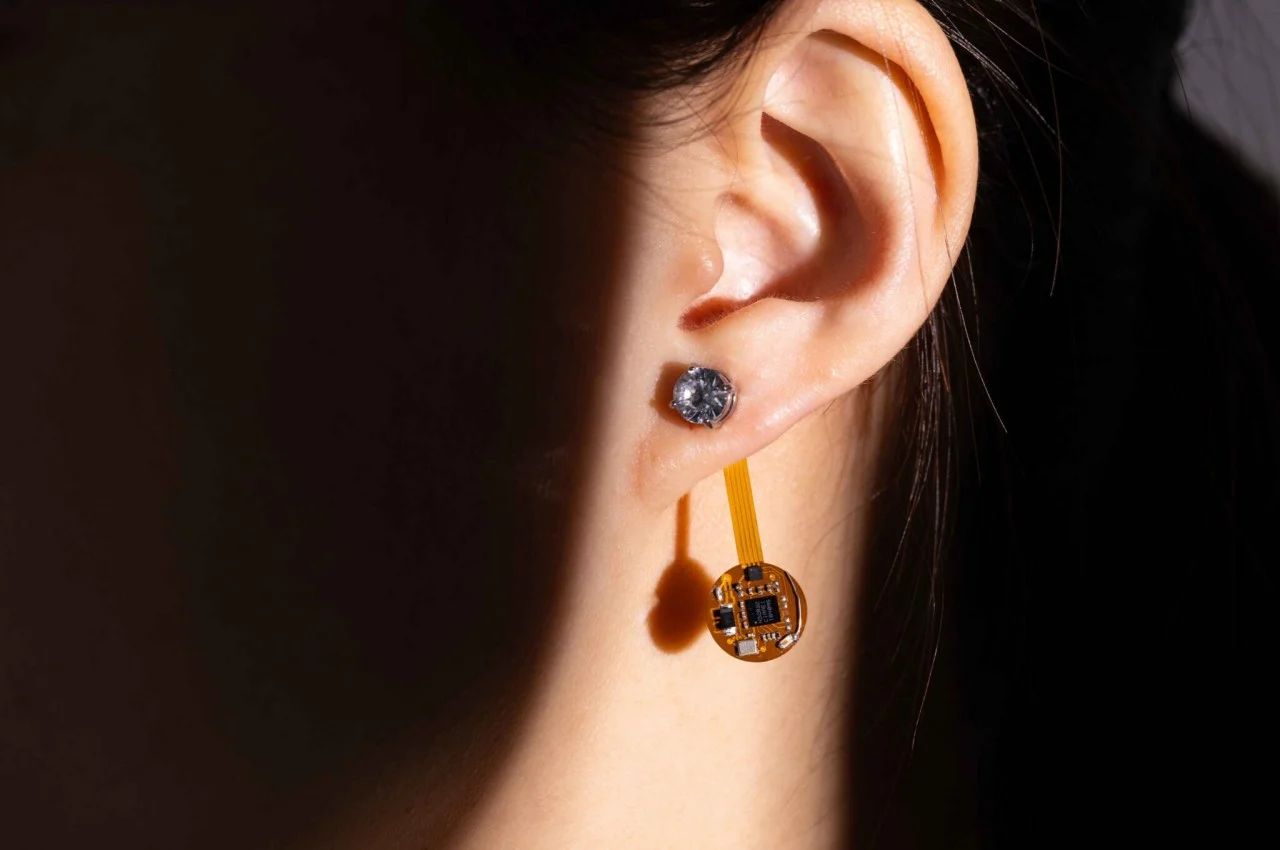
THE UR-100V LIGHTSPEED BY URWERK SHOWCASES THE SPEED OF LIGHT AS IT TRAVELS THROUGH OUR SOLAR SYSTEM
Animals have an innate sense of time, but humans have historically looked to the skies to measure it. Astronomy has

Animals have an innate sense of time, but humans have historically looked to the skies to measure it. Astronomy has

When we think of wearable tech, we often envision smartwatches and fitness trackers worn on the wrist. However, any technology